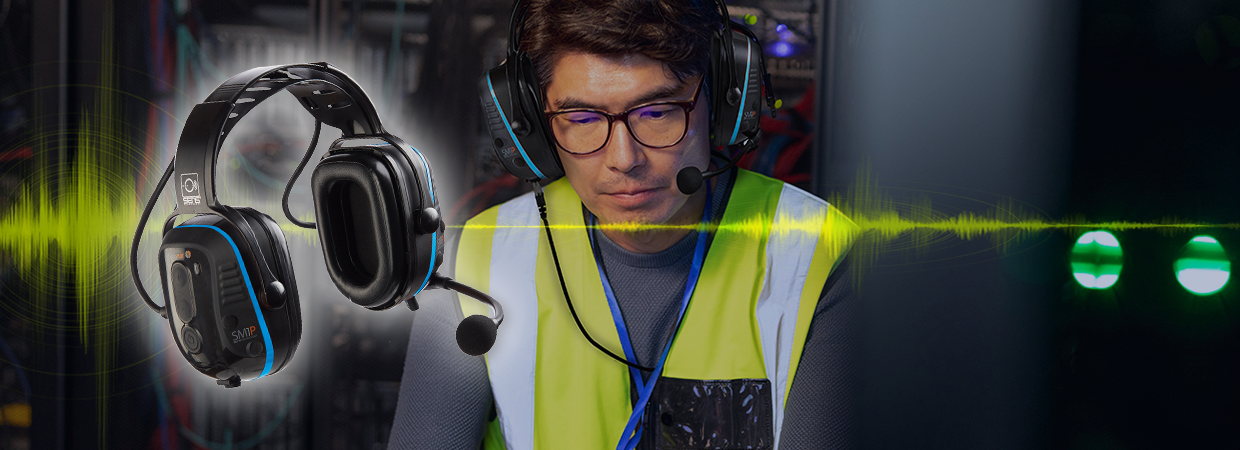- Home
- Blog
- Situational Awareness
- Why is Situational Awareness so Vital in Data Centers?

Why is Situational Awareness so Vital in Data Centers?
POV: You're scrolling through your favorite social media platform and suddenly, the app crashes. Or you're at the airport trying to catch a flight home, and unexpectedly, every flight is canceled. Most people probably aren't thinking about data centers when they experience these inconveniences. Data centers have a significant impact on many different facets of the economy, and when they go down, the world comes to a halt. Not only does data center downtime cost a lot (about $9,000/minute on average), but data center downtime can be quite damaging, sometimes even endangering lives.
A recent survey by Honeywell found that 93% of data center managers in the United States, China, Germany, and Saudi Arabia considered their ability to cause these outages a concern. The survey also found that 91% of data center managers experienced downtime incidents in the past 12 months, most of which were caused by human error. Without situational awareness, data center employees can miss information that could potentially cause major outages that have massive impacts. So, how does one attain situational awareness in a data center? Let's break it down.
Critical Elements of Information
When working in a data center, it's important to keep employees and assets safe. As we pointed out above, data centers are critical to the worldwide economy, and reducing risks in data centers should always be your top priority. If you focus all your attention on just one or two items in a room, you lose alertness, as there are always more than two elements in any given situation. In data centers, there are many things happening at once. It is important to identify all of them or risk the safety of yourself and others.
Once you have identified all the given elements of potential risk, you need to process the information – sometimes quickly. Let's say, for example, a fire breaks out in the server racks. You need to quickly process this information, but you also need to comprehend what to do next. Comprehension involves processing all the information you have identified, filtering out the irrelevant information, focusing on the important factors, and determining how to take action. Once you have identified, processed, and comprehended the information around you, you need to react.
How do You Attain Situational Awareness?
You can put these “critical element” guidelines into effect to ensure safety, but you cannot always be 100% aware of your surroundings, as we are all accustomed to making mistakes and susceptible to distraction. So, what can you do to always ensure situational awareness? You need a solution that can focus on all the critical elements of information around you and identify the risks for you to speed up the reaction process.
Sensear’s revolutionary SENS® Technology does just that by enabling 360° situational awareness, retaining original sound characteristics, and reducing the risk of accidents. SENS® determines the nature, distance, and directionality of all sounds so that you stay ahead of the risks. SENS® will help you manage threats, reduce stress, improve risk visibility and management, and retain the flow of data. Instead of worrying about downtime incidents and accidents, choose the best technology for situational awareness – choose SENS® Technology.









